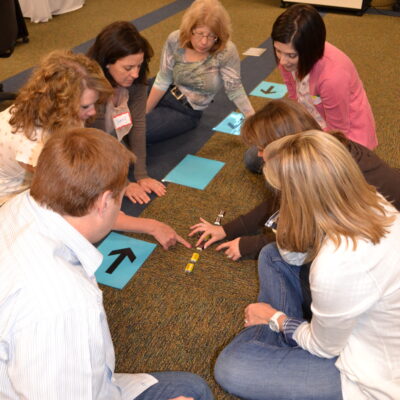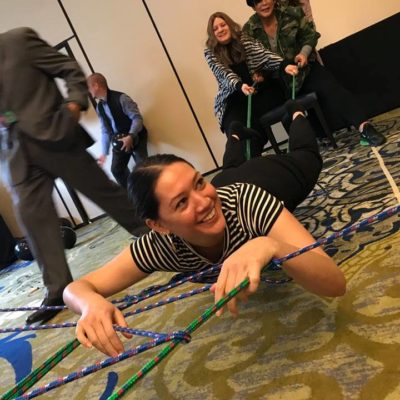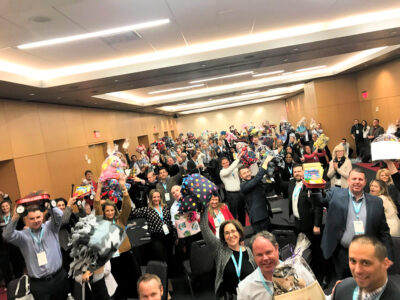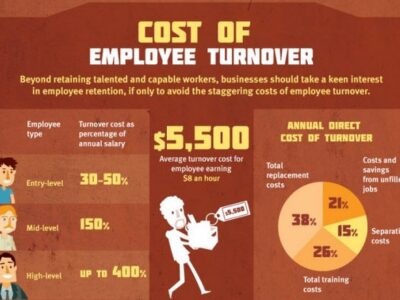Unless you’re stranded alone on a deserted island, chances are good that you are part of a team on a regular basis.
It may be a small team, it may be a large team, but these teams help us accomplish our common goals and further our mutual causes.
So, how does building a team work?
Do you wake up one day and boom – immediately your team is the best of the best? Of course not! Group development is a process. It takes work. We know, we know, who wants more work, right? Luckily, there are a few things that you can do to make the process less ‘ugh’ and more ‘ah!’. Where else to start but the beginning?
Bruce Almighty: On Day 1, Tuckman created Forming.
According to Bruce Tuckman’s model of Group Development, forming a team is the first phase of building a team. Seems obvious, right? Well it is, and it isn’t.
True, it takes putting a group of people together to have a team, but as you know it’s a lot more than just “Hello, My Name Is…”. You’ve been part of a newly formed team. Remember that first week or two – the pleasantries and polite dance? That, my friend, is Phase 1: Forming a Team.
Phase 1 of building a team is all about learning roles and building relationships.
You and your team members get to know one another as well as the job at hand. The leaders begin to emerge in this stage, and everyone else gets a feel for how their piece fits into the puzzle.
There’s not much conflict in Phase 1, generally. You and your new teammates are too busy learning about each others’ styles and personalities.
That also means that the team is probably not as productive as they will be in later stages. You just haven’t gotten into your groove yet – that’s where TeamBonding comes in.
You understand that starting your team off on the right foot is important. So do we! Several TeamBonding programs are designed to help your team through the Forming stage, including Smartphone Dashes, DiSC Training, School For Spies, and Pipeline – Team Building That Delivers.
Each of these programs is customized to kick start your team’s journey from pleasantries to planning by highlighting each person’s strengths and bringing out their personalities.












